Pantaloons, drawers, knickers, and bloomers. What do all of these items have in common? During the 1800’s all were adopted by women as a necessary article of clothing. During the early nineteenth century women did not typically wear anything under their skirts and petticoats. However, during the empire period early in the century, women’s clothing became lighter and thinner, and the fabric very sheer. Modesty and warmth dictated that another garment be worn under these sheer gowns, and the practical solution was to adopt a warm undergarment called pantaloons, which was already worn by men. These pantaloons were made of a light material that was flesh-toned, Extended from the waist to the ankle, and gave the appearance of having nothing on under the dress.
In 1809 Washington Irving wrote a book called “The History of New York”. He used the pen name Diedrick Knickerbocker. In the book the Knockerbocker men, supposedly descended from the original Dutch settlers, were depicted wearing loose trousers that were strapped or belted at the knee. Starting in the 1820’s, women adopted knickerbockers to wear under the new, drafty, hooped cage crinolines. Again, modesty and warmth dictated this adaptation. Soon drawers and knickers came to mean the same thing. These undergarments were sewn as two separate pant legs, which were joined only at the waist, leaving the crotch open. (Thus – we get the term a pair of pants) A very full cut ensured that this open seam would remain closed while being worn.
In 1840, after Queen Victoria ascended to the throne, her stringent standards of propriety soon ensured that the fashion for wearing knickers was adopted by all but the poorest Victorian women. In the 1840’s knickers were plain and reached well below the knees. They soon became more embellished by trimming the lower hem with lace or embroidery.
About 1849, an American women’s rights and temperance advocate, Amelia Jenks Bloomer, wrote an article in her publication “The Lily” promoting a change in women’s clothing. She insisted that a woman’s costume should be suited to her wants and necessities, and be conducive to “her health, comfort and usefulness.” Taking her cue from Ms. Bloomer, Elizabeth Smith Miller (aka Libby Miller) adopted a costume consisting of loose trousers, topped by a short dress or skirt and vest. This fashion was also worn publicly by actress Fanny Kimble. As more women adopted it, the fashion was dubbed “The Bloomer Costume”. However, bloomers were the subject of constant ridicule in the press and harassment on the street, and Ms. Bloomer herself dropped the fashion in 1859, declaring that a new invention – the crinoline – was sufficient reform that she could return to wearing normal dress.


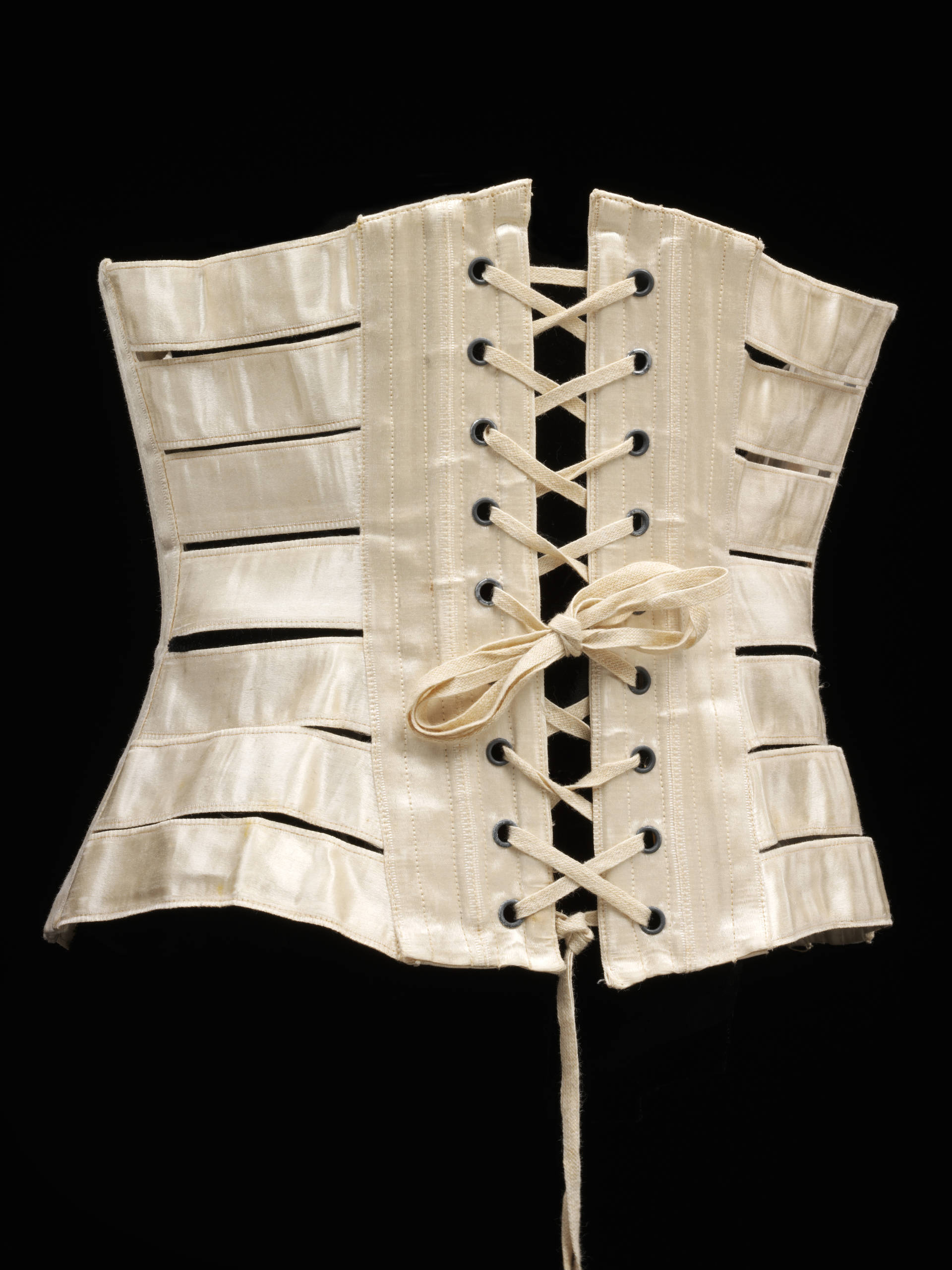
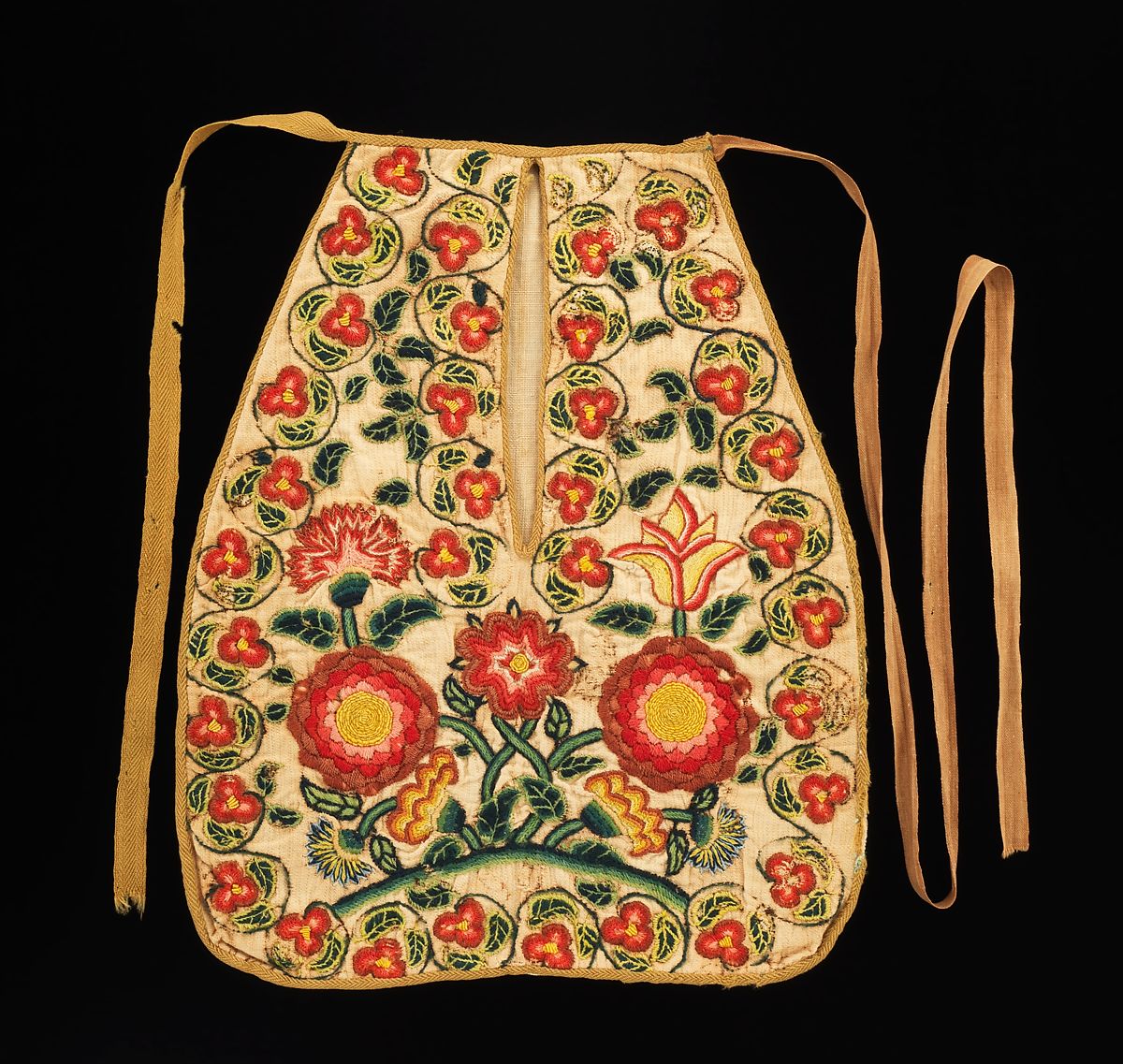
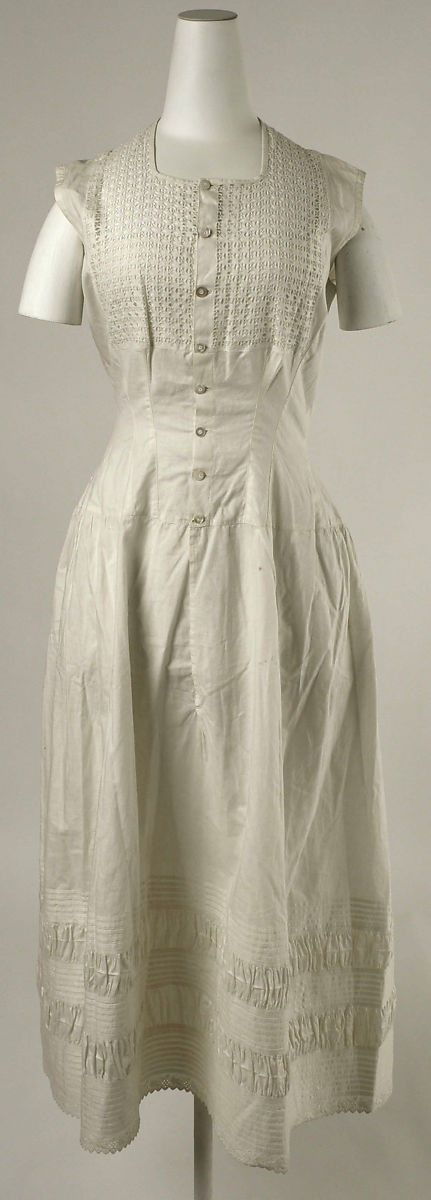
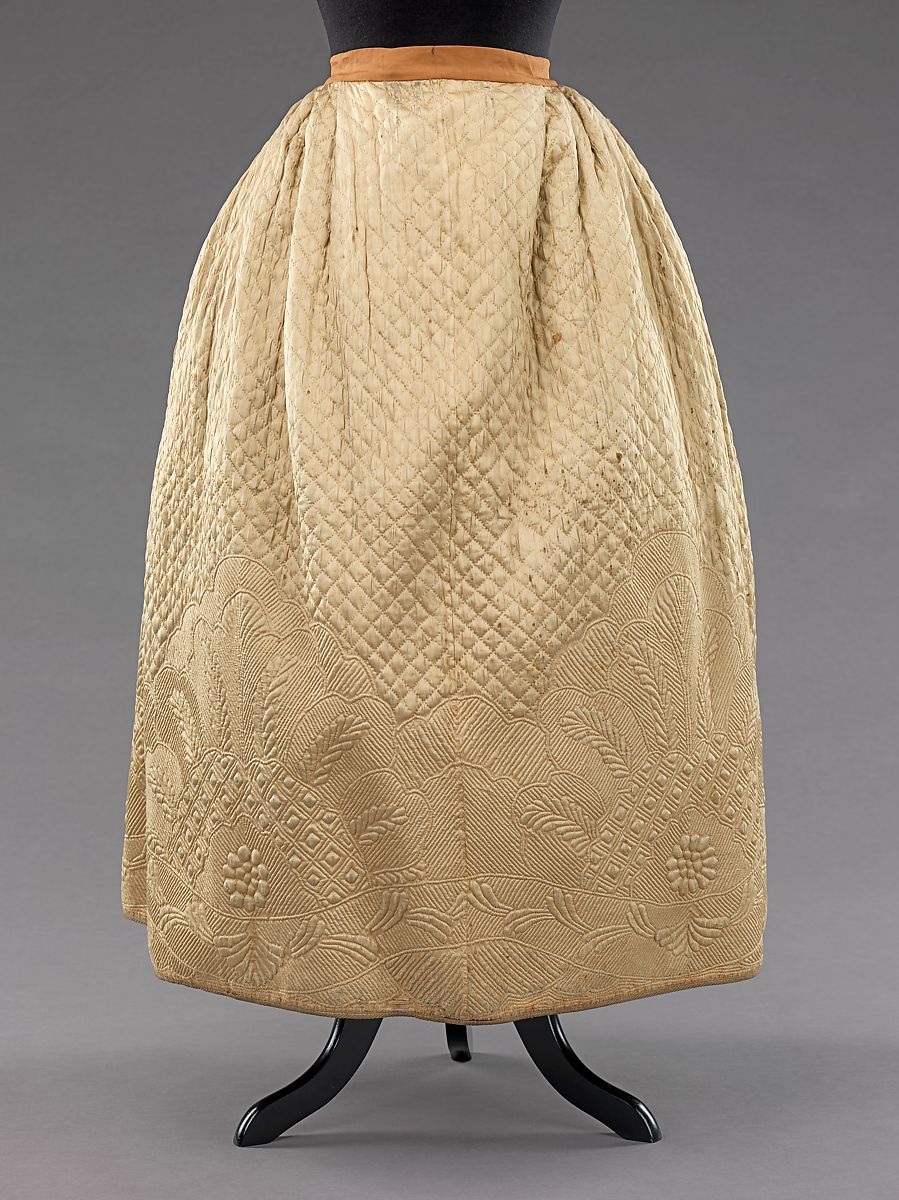
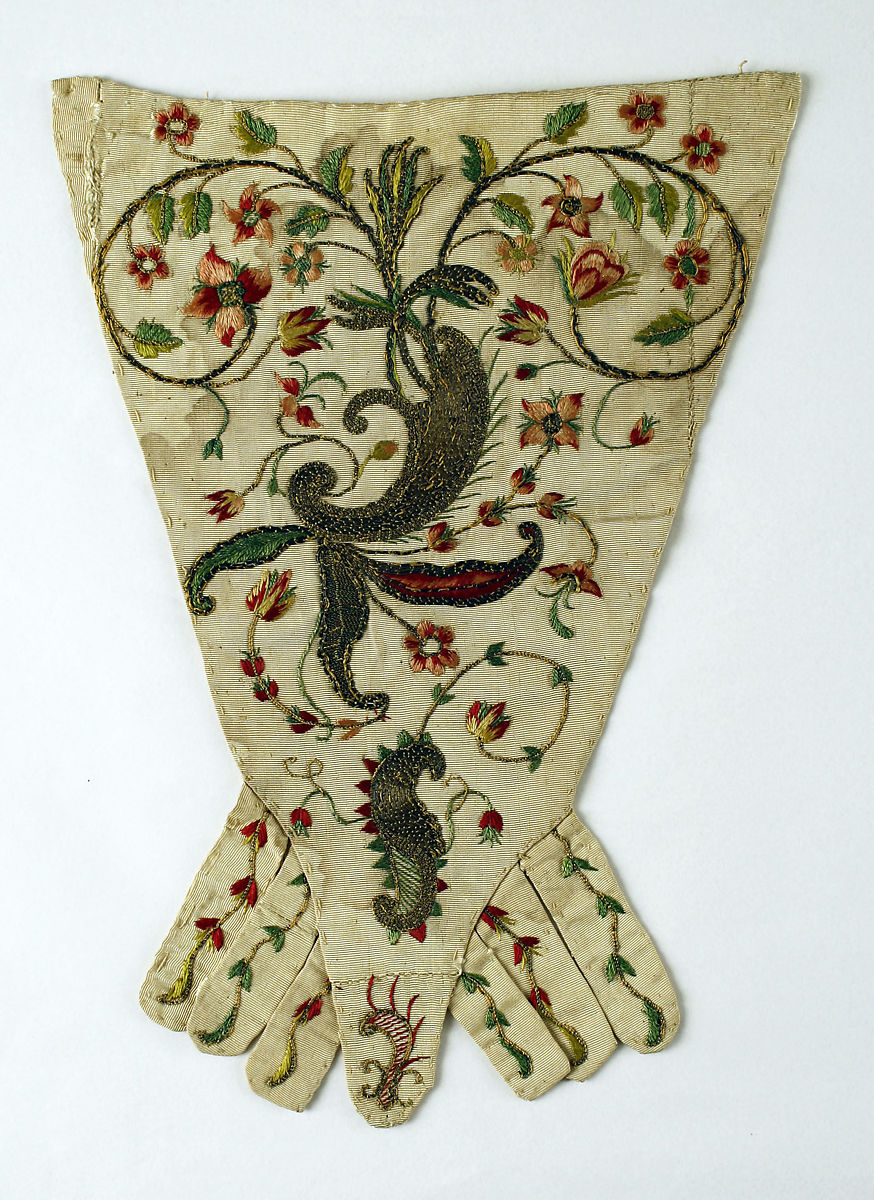
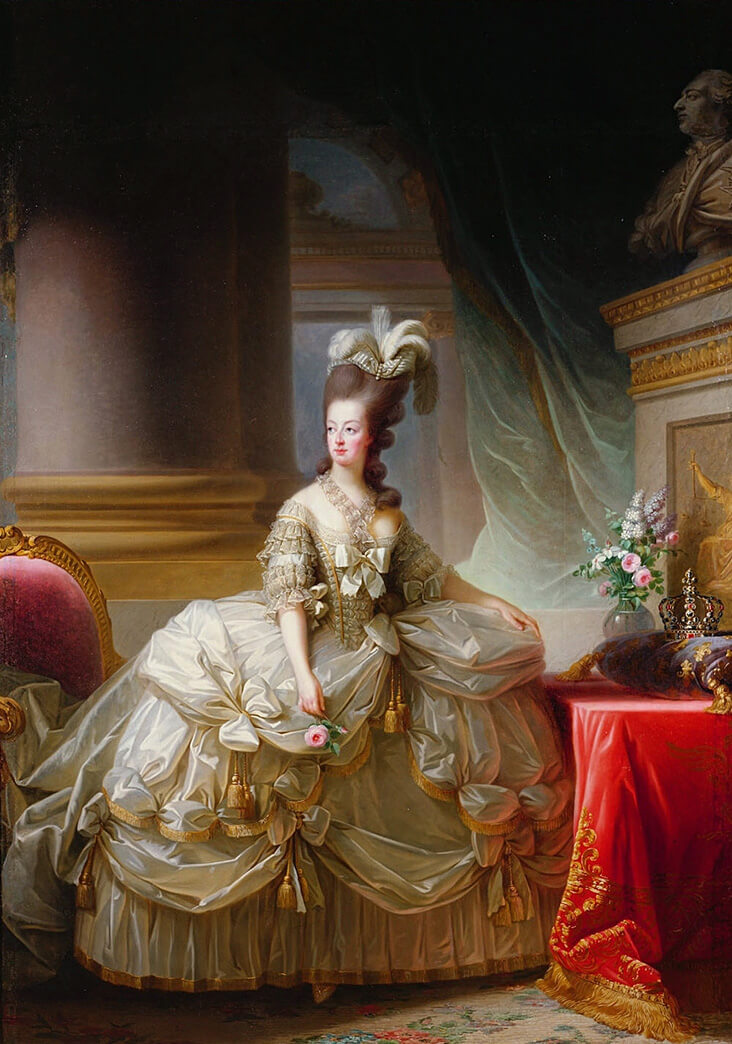
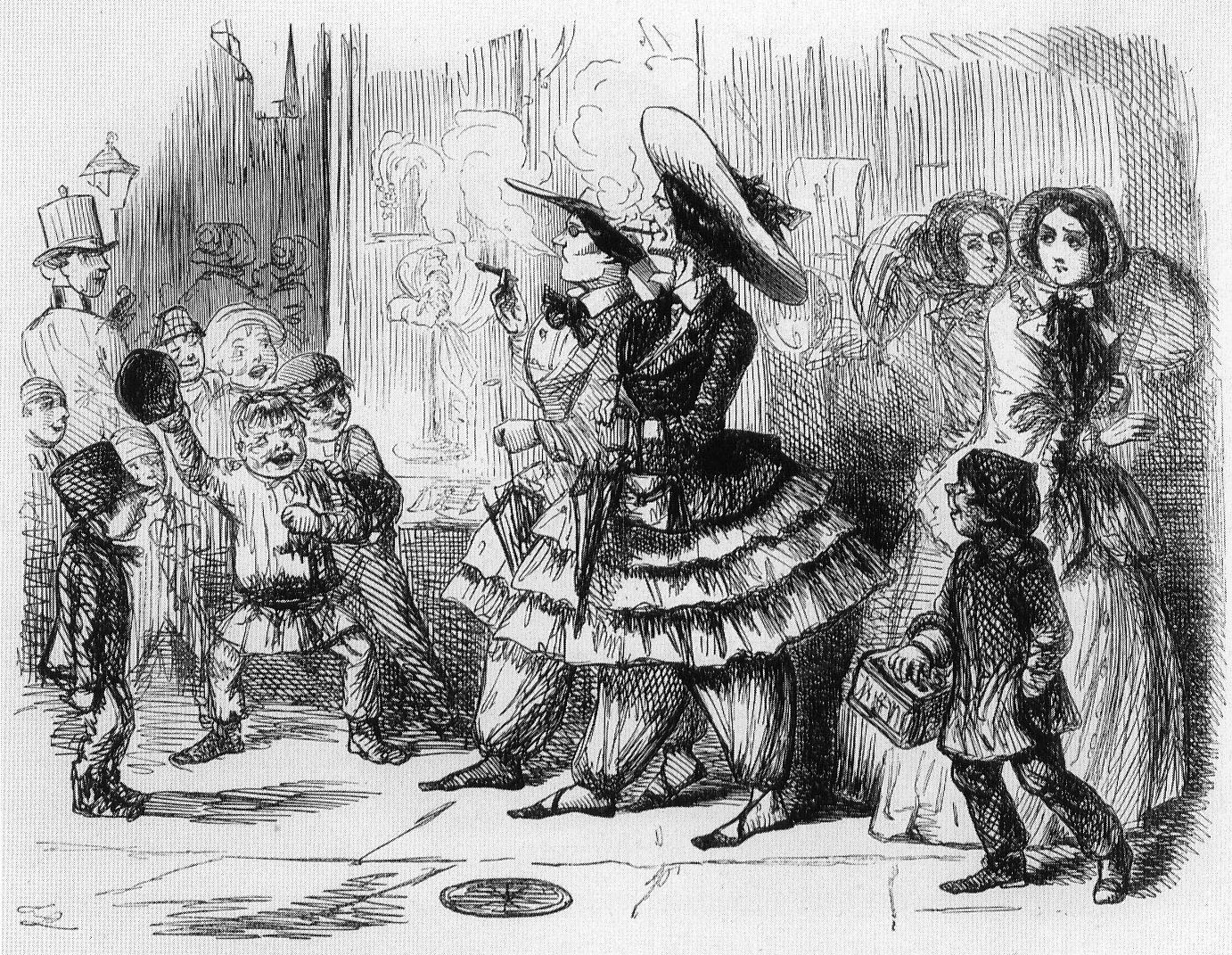
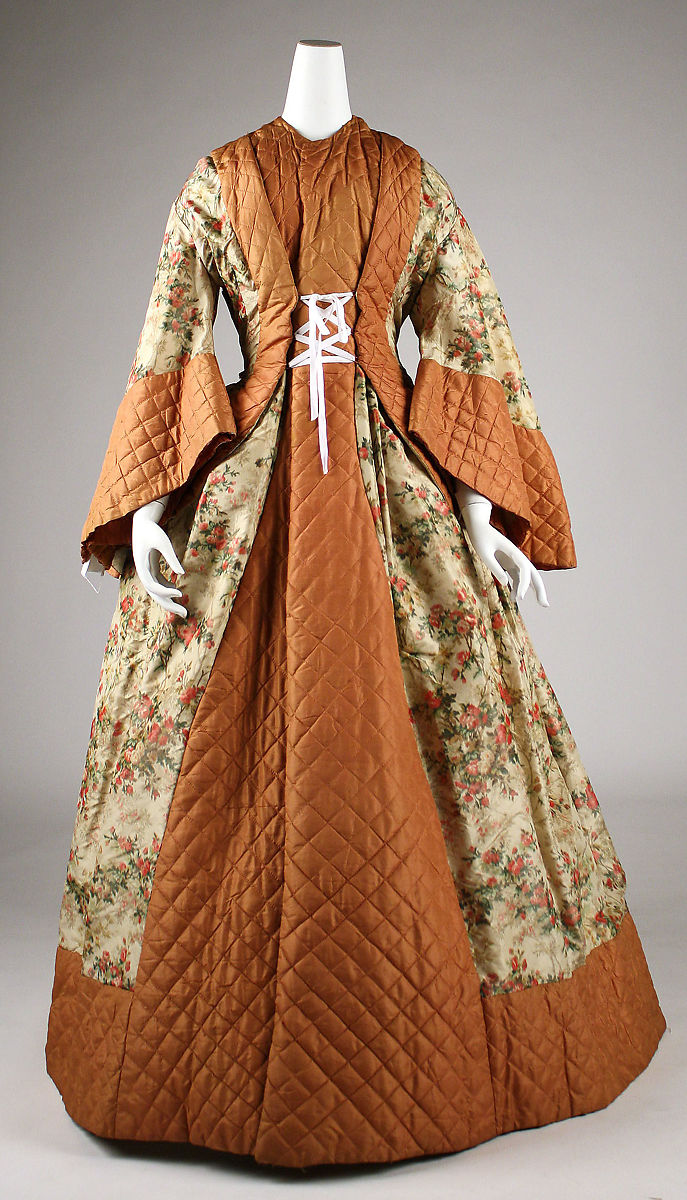

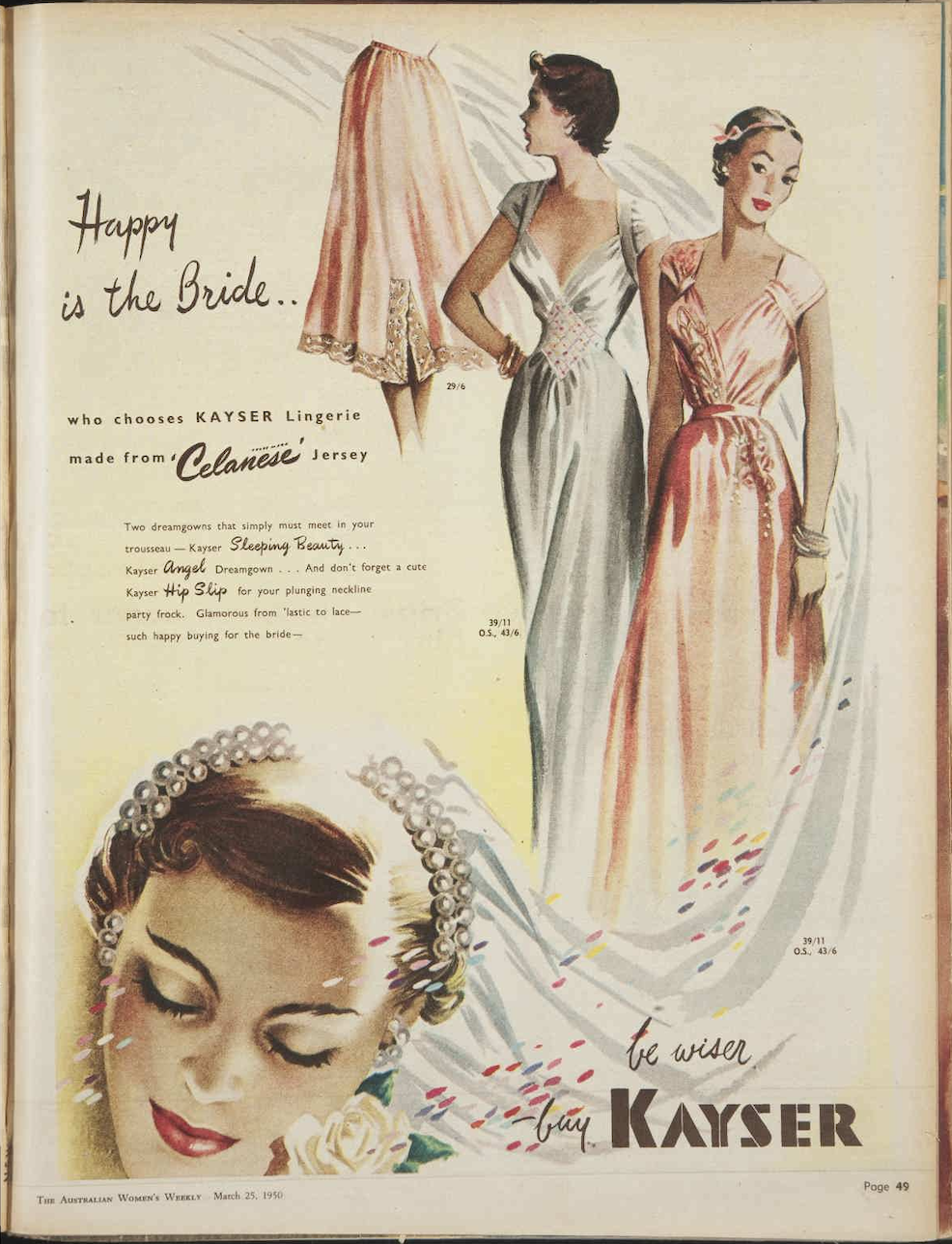
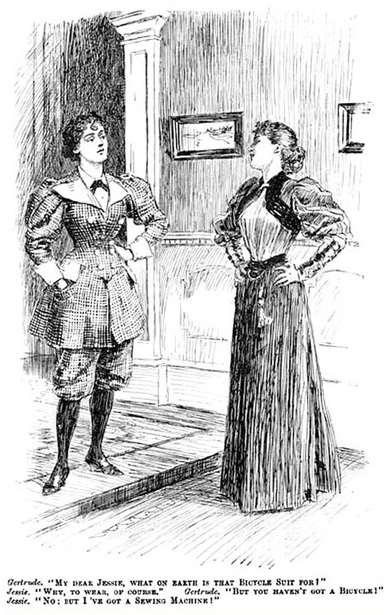
Leave A Comment